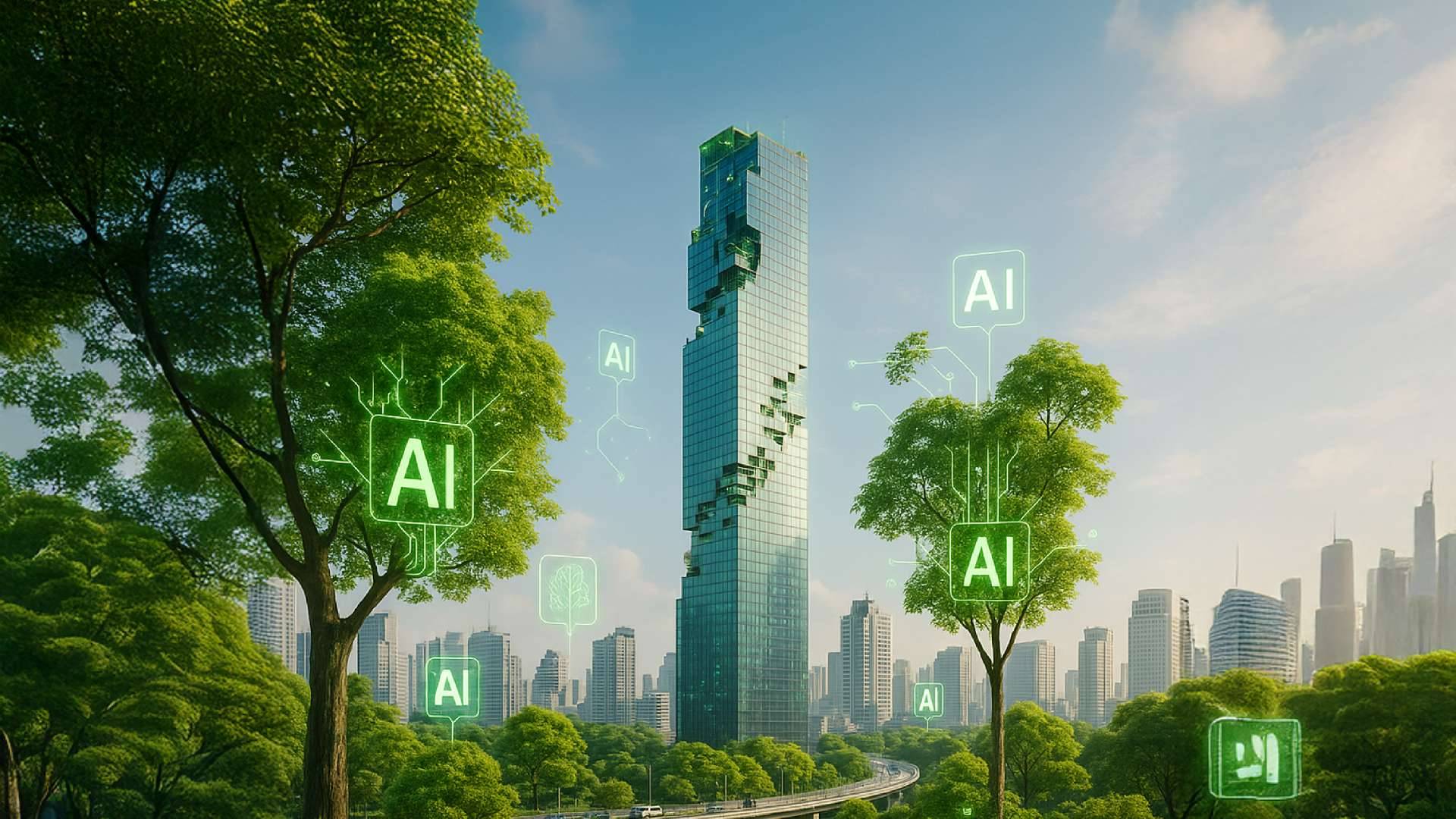
Fashion and Sustainability : How it can be appealing when the world is falling apart
ARTICLES | Sep 13, 2022
Writer: Nuttawut Kulkaew
Editor: Wittaya Wonglor
Sustainability is now a goal for almost every organization in every industry, including fashion and textiles. Clothing used to be the world’s second most polluting industry, but manufacturers and governments are aiming to make it more sustainable.
1. The end of fast fashion: The growth of the second-hand market, upcycling, and the circular economy.
The “Fast Fashion Cycle” of mass-produced, cheap clothing, focused on price not quality, has reached saturation point. Unsold garments become leftover stock while clothes that are bought end up as trash because of poor quality. After being worn only a few times, it's already damaged or out of style. More than 10 million tons of such waste are landfilled each year. The industry accounts for 8-10% of the global carbon footprint. It also discharges nearly 20% of the world's wastewater.
Society is pressuring manufacturers to reduce or stop producing fast fashion products. Consumers must repair damaged clothes and reuse them, mixing and matching without having to buy expensive clothes. Second-hand clothes significantly reduce the impact on the environment, cutting carbon emissions by nearly 7 times and using 65 times less water than new clothes.
Upcycling also extends products to the next user. Upcycling means converting unused materials into new, better-quality, and re-usable products to slow down used material from becoming waste or pulling new material into the system with creative ideas until it is a new product with better quality.
Today, the fashion industry has turned to sustainable design from the very beginning. Designers may have to plan for garments going out of fashion, so buttons, fabrics, and other elements can the set be disassembled for further use.
Second-hand clothes, upcycling, or sustainable design all lead to a circular economy, running without generating additional waste with all materials utilized for each part of the economic ecosystem.
2. The Era of Affordable Luxury: A Sustainable World with Haute Couture
The term haute couture refers to “tailor-made” garments that take a lot of work hours to design, cut, and meticulously fit to the individual wearer. Some experts see haute couture as the future of fashion and sustainability in terms of appreciating the value of item. The longer they’re stored, the more valuable they are. They can be reused as many times as appropriate and reduce mass production, although some criticize the inefficiency of labor and materials, which are often expensive.
Haute couture clothing brands have started producing ready-to-wear clothes that are more practical for everyday life, as well as cheaper and made of more eco-friendly materials. High fashion can convince people to focus more on sustainability.
A new, more affordable interpretation of haute couture may also reflect people’s continuing interest in clothes and fashion. 3D printing or other technologies may allow people to produce personalized apparel according to their tastes with sustainable materials and manufacturing.
3. Metaverse: As e-commerce and fashion technology converge
The growth of e-commerce, where each clothing brand joins the global metaverse trend, enables trading of and in investment in fashion goods as digital tokens. Most people have a better understanding of their proportions and shape, with simulation systems to try on items as more and more fashion garments are traded online. In the metaverse, a customer my receive both the physical product and the digital token in the virtual world. Fashion items may show social status beyond beauty, through products with functionality in games or platforms pursuant to a business contract between the apparel brand and the online platform.
How will trading fashion items for avatars or virtual characters change human values and society. Dress has been used as a form of nonverbal language to communicate identity and social status. As people live online, how will they value clothes?
Implications for the future:
- Consumers will play an important role in shaping and transforming the fashion industry through consumer behavior and social media pressure on fashion brands. They can also determine whether corporate communications about the sustainability of fashion brands are viable or solely for marketing.
- Ending the fast fashion cycle will solve the problem of illegal labor, low pay, and inadequate employee welfare benefits. The government should help solve the problem through factory audits.
- Fast advancing technology will change the whole process of the fashion industry including creating new forms of work and ending the old workflow. The environment will be a very important factor in future fashion production.
- Providing information, opinions, and communication in the public spaces of fashion influencers on fashion and sustainability issues will have a profound effect on consumer thinking and behavior.
Reference:
- https://www.bbc.com/news/world-europe-58145465
- https://www.youtube.com/watch?v=BKmn3C00rOo
- https://www.greennetworkthailand.com/upcycle-upcycling-recycle
- https://www.harpersbazaar.com/uk/fashion/fashion-news/a36810362/secondhand-clothing-boom/
- https://www.vogue.co.th/fashion/article/couturefeatures
- https://doi.org/10.1080/17524032.2020.1802321
- https://doi.org/10.1108/JFMM-11-2019-0266
- https://doi.org/10.1016/j.jclepro.2020.125579
- https://doi.org/10.3390/su132413910
Want to know more about us? Click https://www.facebook.com/FutureTalesLABbyMQDC or follow at https://www.blockdit.com/futuretaleslab











